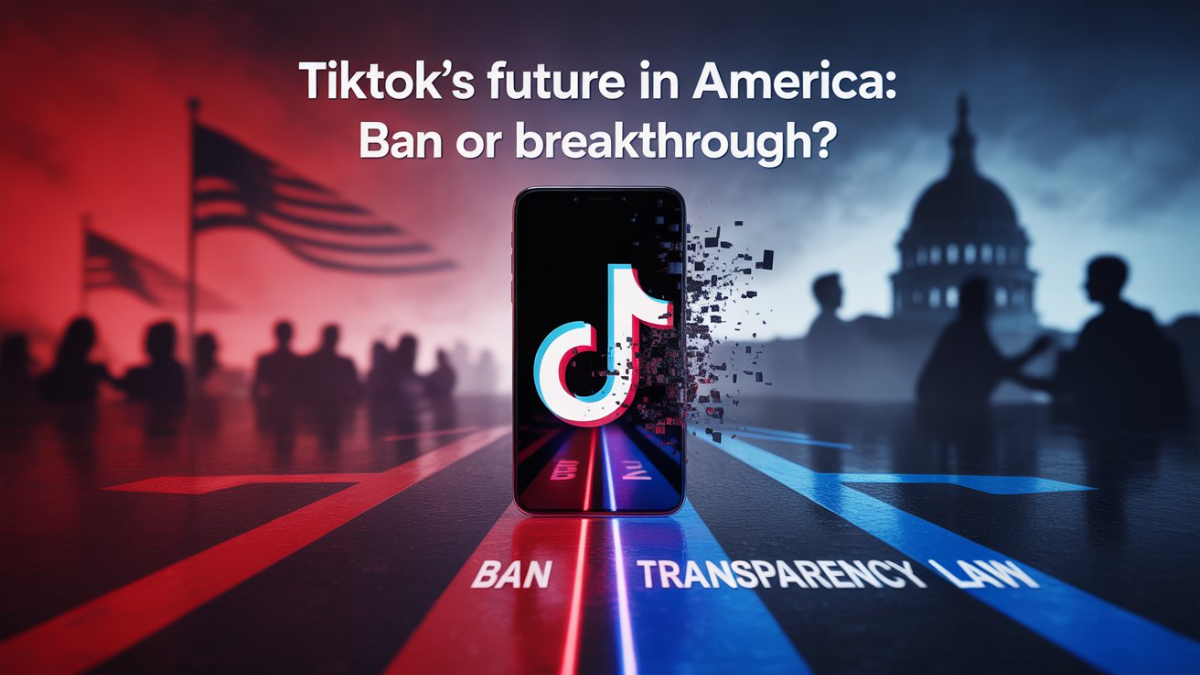
TikTok’s future in the United States remains uncertain, but the drama surrounding its possible ban has taken new turns. Although the popular app briefly disappeared earlier this year due to a federal law aimed at ByteDance, TikTok’s Chinese parent company, it’s now back online and available once again in app stores — at least for now.
So where do things stand today with the TikTok ban law? Let’s break it down.
TikTok Vanished, Then Returned — But Legal Pressure Remains
In January, the long-threatened law requiring ByteDance to either sell TikTok or face a total ban in the U.S. officially took effect. In response, TikTok briefly went dark in the United States on January 19th.
But that blackout was short-lived.
TikTok’s app returned online quickly, although it remained unavailable for download in the Apple App Store and Google Play Store for several weeks.
That situation didn’t change, even after former President Donald Trump issued an executive order on January 20th giving the platform a temporary reprieve. His order directed the Attorney General to pause enforcement of the ban for 75 days, providing TikTok with a window to potentially resolve the situation.
Then, on February 13th, both Apple and Google restored TikTok to their respective app stores, signaling that the app had at least temporarily met compliance standards — or that enforcement was on hold.
Still, the law has not been repealed. It’s still very much active, and the countdown continues on how long TikTok can legally remain in the country without a formal separation from ByteDance.
Senator Ed Markey Offers a Legal Workaround
Amid the political and legal back-and-forth, some lawmakers are offering new solutions.
Senator Ed Markey (D-MA) recently proposed a legislative workaround that could allow TikTok to continue operating without violating U.S. law. His draft bill offers an alternative path forward — one that prioritizes transparency and national security without forcing an outright sale.
Under Markey’s proposal, TikTok could stay in the U.S. if it:
-
Provides clear visibility into its content moderation algorithms
-
Keeps all American user data stored securely within the U.S.
-
Prevents any access to U.S. user data by foreign adversaries, including China
This bill aims to preserve free expression and access to TikTok for American users while still addressing the national security concerns that triggered the original ban legislation in the first place.
The Broader Political Landscape
Even with temporary relief, TikTok’s long-term presence in the U.S. remains unstable.
Several politicians — on both sides of the aisle — continue to support the original divest-or-ban law, arguing that ByteDance’s ownership of TikTok poses a threat to American data privacy and national interests. Meanwhile, business leaders are calling for a more measured approach, pointing to TikTok’s economic and cultural significance.
TikTok, for its part, maintains that it operates independently of the Chinese government and has invested in U.S. data centers and transparency initiatives to address concerns.
Still, without a permanent solution, the app’s status remains in limbo.
What’s Next?
Here’s what we know:
-
The 75-day extension granted in January is counting down, and TikTok will either need to comply fully or find an acceptable workaround (like Markey’s proposal) before that window closes.
-
Lawmakers are actively debating whether to amend, repeal, or replace the current law — and there is no unified consensus yet.
-
Users, creators, and businesses who rely on TikTok should stay informed and be ready for further changes.
Whether TikTok survives in the U.S. as-is, gets sold off, or adapts through legislative reform remains to be seen. But one thing is clear: the app’s battle for its U.S. future is far from over.